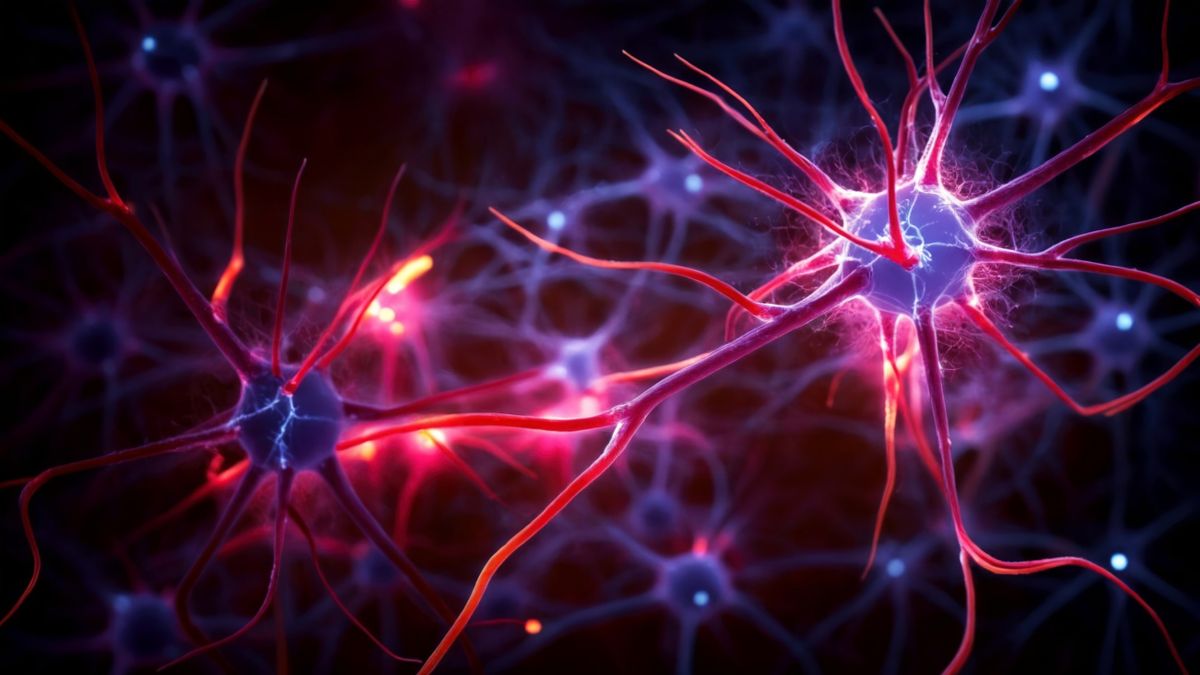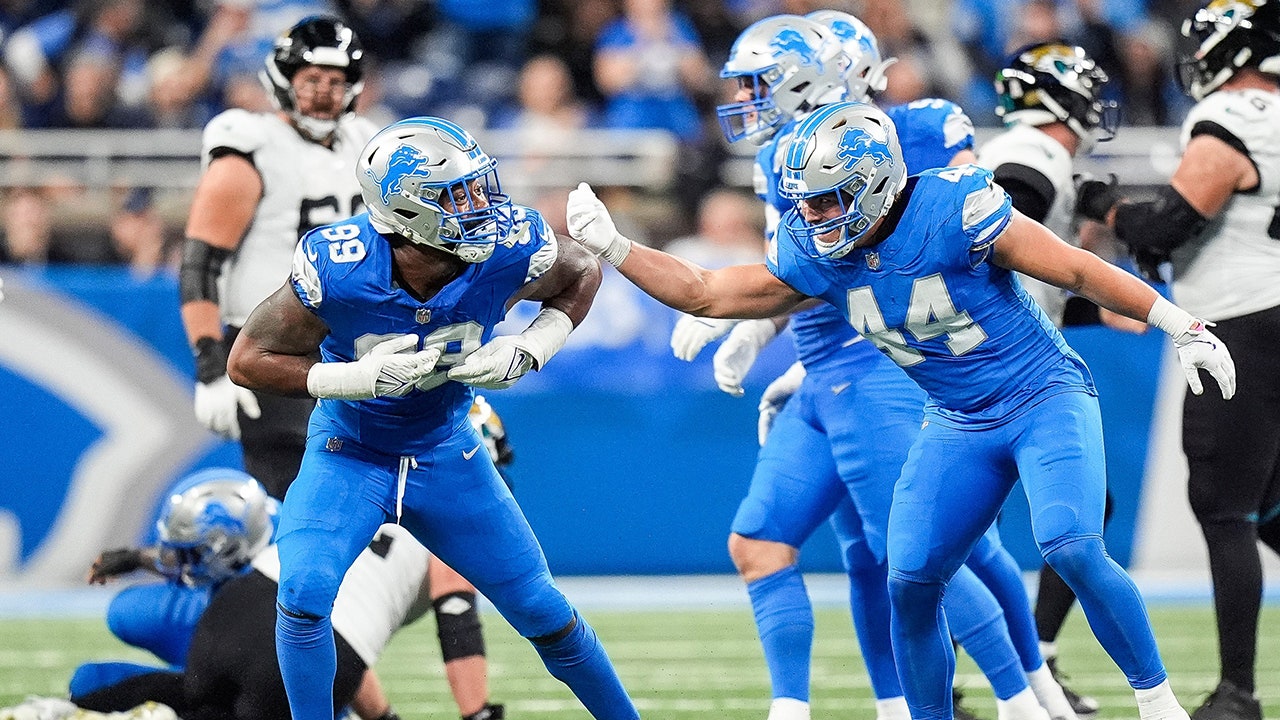It’s exceedingly rare, but some patients with the deadly neurological disease amyotrophic lateral sclerosis (ALS) eventually recover — and now, scientists know why.
“More research needs to be done for sure before we can say confidently, but this is an exciting breakthrough that could lead to new efficacious treatments,” Dr. Jesse Crayle, lead study author and a neurologist at Washington University in St. Louis, told Live Science in an email.
Around 5,000 new patients are diagnosed with ALS in the U.S. every year. The disease damages nerves in the brain and spinal cord that control the voluntary movement of muscles, including those that support breathing. Early ALS symptoms include muscle twitching and cramping, and over time, the disease progresses, causing patients to have difficulty chewing food, speaking and eventually, breathing. Respiratory failure causes most patients to die within three to five years of their symptoms beginning.
The U.S. Food and Drugs Administration (FDA) has approved several drugs to manage ALS symptoms, such as riluzole, which slows the nerve damage caused by the disease. However, there are currently no treatments that can cure the disease.
Related: 11 children diagnosed with new form of ALS
To try and find a solution, researchers have turned their attention to a rare subset of patients with ALS who partially or completely recover from the disease. Until now, it was unknown why these patients, who constitute less than 1% of cases, are able to do this. Yet their recoveries could provide clues as to how the disease can be treated.
In a new study, researchers analyzed DNA from saliva samples collected from 22 people who had been diagnosed with ALS but spontaneously recovered.
Most of these individuals had developed ALS in middle age, Crayle said. Each patient also experienced reversals of their symptoms that were “long and prolonged enough” that they no longer fit the known course of the disease, he said. In one “extraordinary case,” a person whose disease had progressed to the point that they needed a wheelchair was able to walk again.
Crayle and colleagues compared these patients’ DNA to that from similar ALS patients from a separate study whose ALS had continued to progress. The team found that people with a mutation in a gene called IGFBP7 were 12 times more likely to recover from ALS. The gene codes for a protein dampens the effects of a second protein, called IGF-1. IGF-1 is thought to protect motor neurons, which control movement.
ALS patients are known to have low levels of IGF-1. However, clinical trials in which patients have been given extra doses of IGF-1 have had mixed results. These findings, published July 30 in the journal Neurology, suggest that inhibiting IGFBP7, rather than directly giving patients IGF-1, could be a more successful approach to treating ALS, the authors say.
However, many questions remain unanswered. For instance, it’s unknown why these patients develop ALS in the first place if they have enhanced IGF-1 activity to begin with, Crayle said. It’s also likely that IGFBP7 mutations don’t explain every patient’s recovery, and we don’t yet know if the observed ALS reversals are lifelong, he said.
“We have a lot of work to do in the future to see if this finding can be applied to novel ALS treatments,” Crayle said.
Ever wonder why some people build muscle more easily than others or why freckles come out in the sun? Send us your questions about how the human body works to community@livescience.com with the subject line “Health Desk Q,” and you may see your question answered on the website!





















Discussion about this post